
The recent accelerated approval of tarlatamab marks a significant milestone in treating relapsed extensive-stage small cell lung cancer (ES-SCLC).

Your AI-Trained Oncology Knowledge Connection!


The recent accelerated approval of tarlatamab marks a significant milestone in treating relapsed extensive-stage small cell lung cancer (ES-SCLC).

Data support the use of radioligand therapy in combination with androgen receptor pathway inhibitors to optimize prostate cancer outcomes.

The subcutaneous formulation of mosunetuzumab will require 17 cycles of therapy, without any maintenance, and can be done in outpatient settings.

D-VRd had a 72% chance of providing superior PFS outcomes vs isatuximab plus VRd in patients with transplant-ineligible NDMM.

Twice-daily thoracic radiotherapy appeared to confer less leukocyte and lymphocyte depletion compared with once-daily radiation in LS-SCLC.

Data from the CADENZA trial support the application for pivekimab sunirine as a treatment for those with blastic plasmacytoid dendritic cell neoplasms.

A phase 1 trial is evaluating UB-VV111 with and without rapamycin as treatment for patients with CLL and LBCL who received at least 2 prior therapies.

In the phase 3 EMBER-3 trial, Guardant360 CDx was used to identify patients with ESR1-mutated advanced breast cancer who may benefit from imlunestrant.
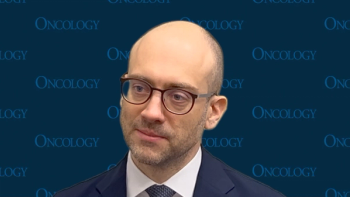
Respiratory, viral, and bacterial infections have emerged as a toxicity of note during bispecific antibody treatment for indolent lymphoma.

David Rimm, MD, PhD, shared the rationale behind developing an AI-driven tool for quantifying tumor-infiltrating lymphocytes in melanoma.

Tarlatamab has demonstrated superiority to lurbinectedin as a treatment for patients with ES-SCLC who have progressed after frontline chemoimmunotherapy.

The RadComp Consortium trial showed comparable HRQOL between proton and photon therapy for patients with non-metastatic breast cancer.

Biomarker research may better elucidate clinical benefit and identify mechanisms of resistance with tarlatamab in extensive-stage small cell lung cancer.
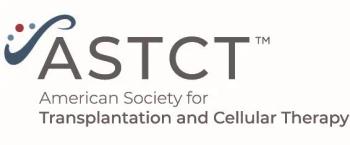
Researchers conducted a large registry-based analysis comparing haploidentical donors and older matched sibling donors in older patients with AML.

SBRT achieved a 5-year DFS rate of 89% vs 92% with moderately hypofractionated IMRT in patients with intermediate-risk prostate cancer.

Why do some patients with follicular lymphoma experience benefit from axi-cel while others relapse or develop severe toxicities?

The clinical adoption of twice-daily accelerated radiotherapy has been limited in North America despite improved outcomes, according to Bin Gui, MD.

Long-term data from the STARS trial affirm stereotactic radiation as a strong alternative to surgery for patients with operable stage I NSCLC.

Treatment with anito-cel shows a predictable and manageable safety profile among those with relapsed/refractory multiple myeloma in the iMMagine-1 trial.
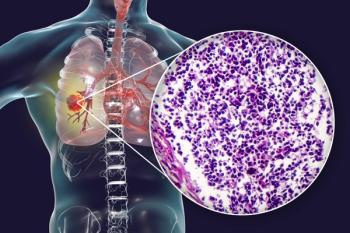
The efficacy of TTFields was greater among patients who received immune checkpoint inhibition for the treatment of brain metastatic NSCLC.

Adjuvanted imsapepimut and etimupepimut plus pembrolizumab did not yield a statistically significant PFS improvement as treatment for advanced melanoma.
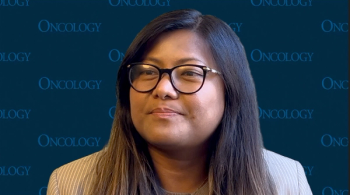
The development of multimodal biomarkers may help predict response to immunotherapy among patients with melanoma and other malignancies.
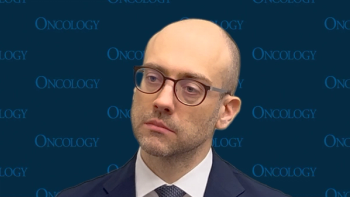
Lorenzo Falchi, MD, highlighted the phase 1b/2 EPCORE NHL-2 and phase 1 BP41072 trials as prominent trials evaluating novel immunotherapy combinations in indolent lymphoma.
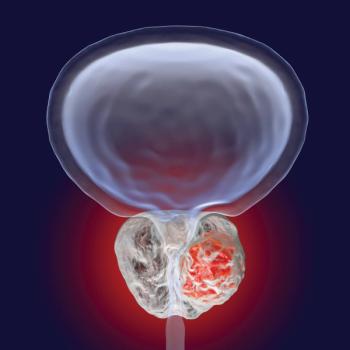
The addition of 177Lu-PNT2002 did not significantly increase toxicity in patients with oligorecurrent prostate cancer who received SBRT.

Artificial intelligence used in conjunction with clinicians may help standardize and expedite pathology workflows and reduce variability in TIL scoring.

No toxicity-related discontinuations were seen with adjuvant radiotherapy among patients with muscle-invasive bladder cancer.
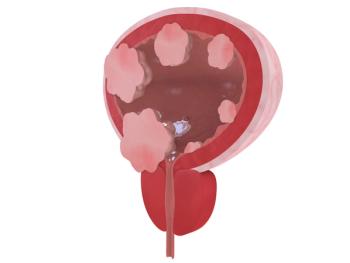
Apalutamide plus stereotactic radiotherapy may be effective for certain patients with recurrent prostate cancer following radical prostatectomy.
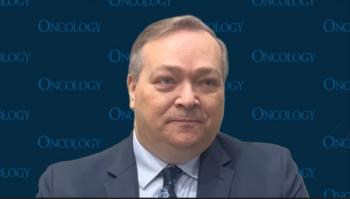
Patients with high-risk markers may especially benefit from the addition of daratumumab to lenalidomide as maintenance therapy for NDMM.

Regarding feeding tube use and weight loss, patients with oropharyngeal cancer treated with proton beam therapy or IMRT saw similar results.

In the oncology setting, having discussions about mortality and death may be daunting for patients, but is vital and inevitable.